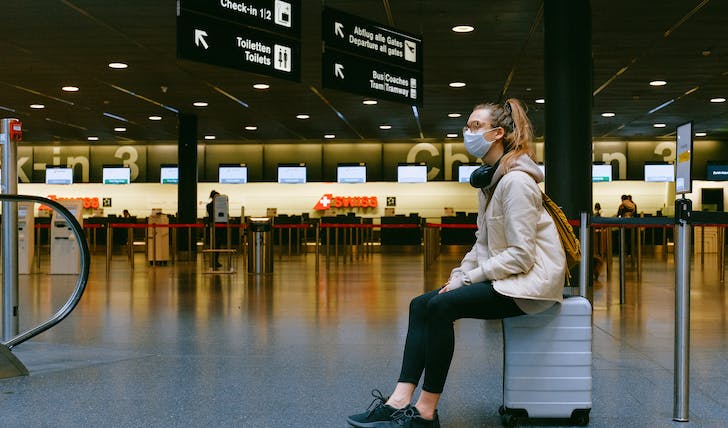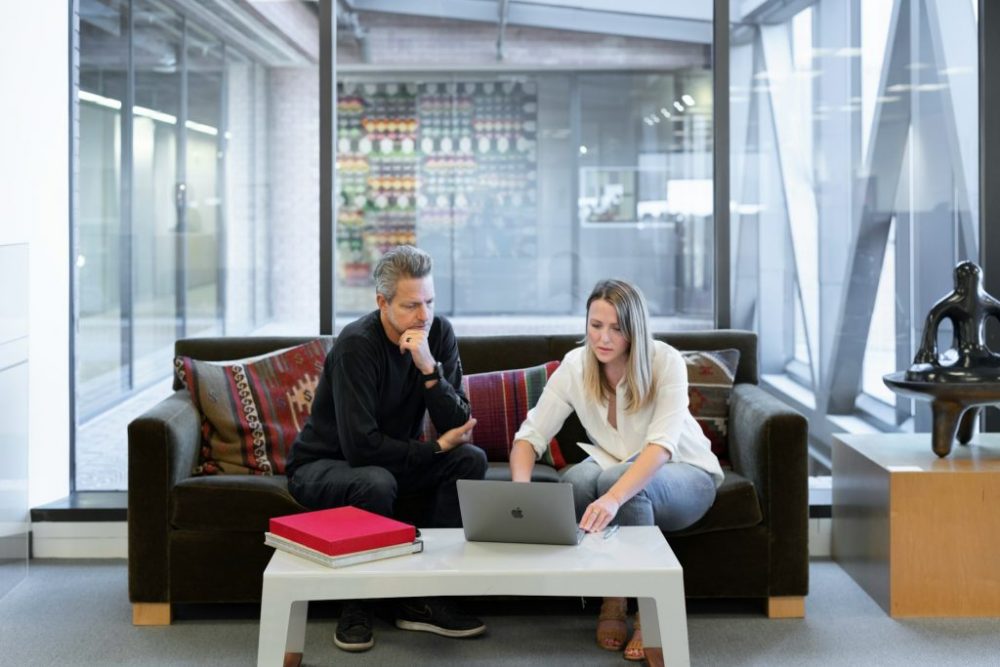
How the Pandemic Created a Massive Labor Shortage in the U.S.

Picture this: It is a lovely Friday evening, and you decide to hit up your favorite local eatery. The ambiance is just right; your favorite tune wafts in the air, but there is a hiccup. The wait is an hour long, not because of the customers but because they are understaffed.
In a twist of irony, following the dark days of the pandemic, the U.S. food sector got served a not-so-appetizing platter of labor shortages.
Here are the details of the massive labor shortage after the COVID-19 pandemic.

Anna / Pexels / In the post-covid era, employees across the U.S. resigned en masse, many calling it “The Great Resignation.”
Calling in Sick, Forever?
Now, switch scenes. You are at a hospital or a clinic. Health services, the very sector we clapped for and celebrated during the hardest moments of the pandemic, was also hit.
Overburdened, stressed, and emotionally drained, many healthcare workers began to question if the long hours and high risks were worth the personal toll.
So, Why the Great Resignation?
The number is staggering. According to the chatter and various reports, more than 5 million U.S. workers decided to hang up their boots in 2022 alone. Yep, 5 million. Imagine the entire population of Los Angeles just saying, “I quit!” But why?
The pandemic, in all its disruptive glory, prompted a massive reevaluation of priorities. Employees were no longer just looking for a paycheck. They were in search of meaning, purpose, and most notably, a flexible work-life balance. Gone were the days when chaining oneself to a desk from 9 to 5 was the norm.

Ivan / Pexels / According to reports, more than 5 million U.S. workers quit their jobs in 2022.
The pandemic-era remote work had given a taste of what was possible. Many craved flexibility – taking a mid-day break, spending time with family, or working from a park bench.
The Pursuit of Happiness
Yes, it was about money to some extent. But it was also about happiness, mental well-being, and the pursuit of a fuller, more balanced life. If the pandemic taught us anything, it is that life is fragile and unpredictable.
Many started thinking: “If I’m going to work most of my life, shouldn’t I at least enjoy it?”
The Domino Effect
Now, let’s connect the dots. The labor shortage, particularly in sectors that demanded inflexible hours and high physical presence, like food and health services, was inevitable. Employees started seeking roles that aligned more with their newfound values. And with so many in the same boat, it created a domino effect.

Anna / Pexels / Most employees who quit their jobs were in search of a flexible work-life balance.
As more and more employees in these sectors left, the remaining ones found themselves overworked and overstressed, pushing them further towards the exit.
A Silver Lining?
It is not all gloom and doom. This labor shake-up has forced many businesses to rethink their models, pushing them towards innovation and adaptation. Companies are now more open to hybrid work models, better pay, and employee benefits. The Great Resignation, while challenging in the short term, might be the catalyst for a more employee-centric work culture in the future.
In the grand tapestry of history, the COVID-19 pandemic will be a bold stroke of chaos, change, and rebirth. The labor market’s transformation is just one thread in that intricate design, a testament to our unyielding spirit to adapt and redefine our priorities in the face of adversity.
More in Labor law
-
`
Here’s Why Arbitration in the Finance & Banking Sector is Rising in 2024
Arbitration in finance has become an increasingly popular way to resolve disputes in the banking sector. But what exactly is arbitration?...
October 12, 2024 -
`
Inside the Duterte Family’s Desperate Quest for Power in 2025 Elections
As the Philippines gears up for the 2025 elections, the Duterte family is once again positioning itself for a significant role...
October 5, 2024 -
`
Here’s Everything You Need to Know About Divorce Finances & Procedures
Divorce is never easy. And when you add finances to the mix, it can feel even more overwhelming. Understanding how divorce...
September 27, 2024 -
`
Is the Murdoch Family Succession a Family Secret Kept Under Wraps?
In a surprising turn of events, the Murdoch family succession has become the subject of intense legal scrutiny. A group of...
September 21, 2024 -
`
Did Melania Trump File for Divorce?
Recently, the internet was abuzz with speculation: Did Melania Trump file for divorce from Donald Trump? The rumor spread like wildfire,...
September 11, 2024 -
`
Gambling Laws in California: What is Legal & What Isn’t?
Is online gambling legal in California? This is a question that many residents and visitors of the Golden State ask as...
September 6, 2024 -
`
What Are Legal Margins for a Letter? Crafting a Professional Legal Letter
Writing a professional legal letter requires careful consideration of various elements to ensure clarity, precision, and effectiveness. One crucial aspect to...
August 29, 2024 -
`
How to Remove Someone From Your Family Tree
Managing a family tree can be a fulfilling journey, but sometimes, there is a need to remove certain profiles. Whether the...
August 24, 2024 -
`
Why Did Yolanda and David Frost Divorce?
Why did Yolanda and David Frost divorce? This question has lingered in the minds of many, given their seemingly perfect union....
August 12, 2024









You must be logged in to post a comment Login